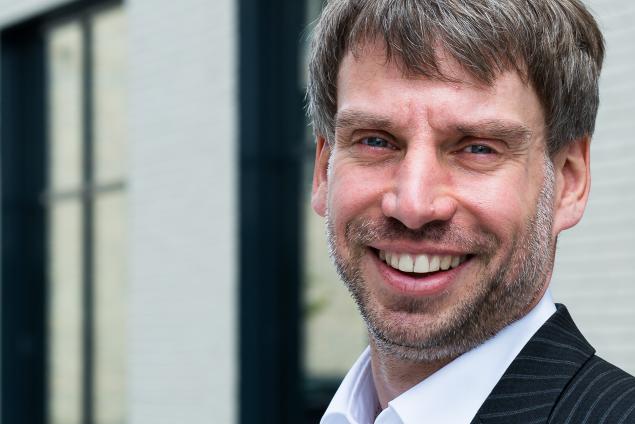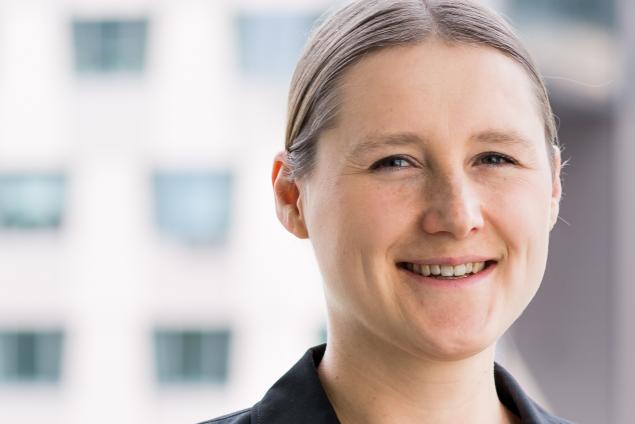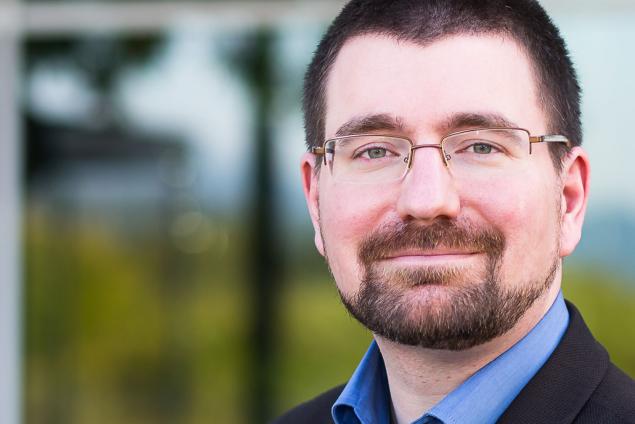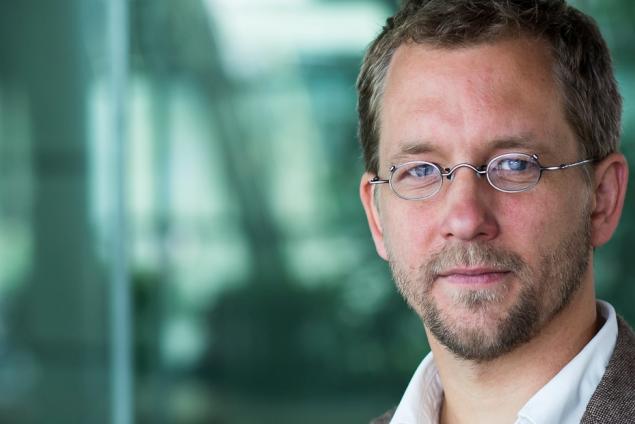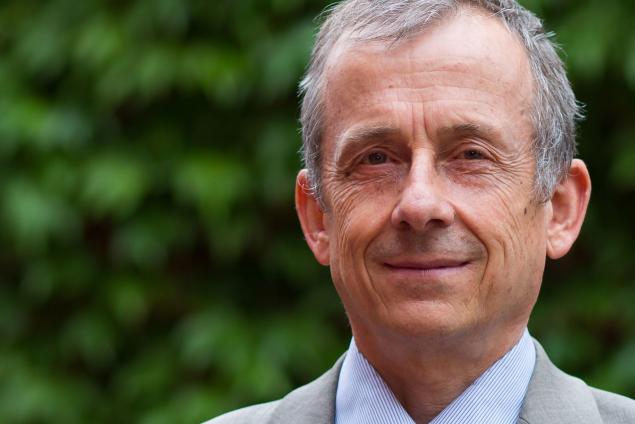Scroll to Section:
In the face of extreme crises, such as natural disasters or national catastrophes, media representation frequently tends to be voyeuristic and to transform these events into spectacles. Considering this tendency, CHRISTIANE BROSIUS investigated whether there are forms of representation that allow to be close to people’s suffering and yet not to commodify it. She chose the 2015 earthquake in Nepal as a starting point and used both images uploaded to social media as well as traditional anthropological fieldwork for her research. In this video, she explains that in the context of Nepal, she discovered not only that artists can avoid commodification of disaster by representing and emphasising ordinary everyday acts but also that artists quickly developed a network to help and to respond to the needs of their communities in the aftermath of the earthquake.
DOI:
https://doi.org/10.21036/LTPUB10420
Institution
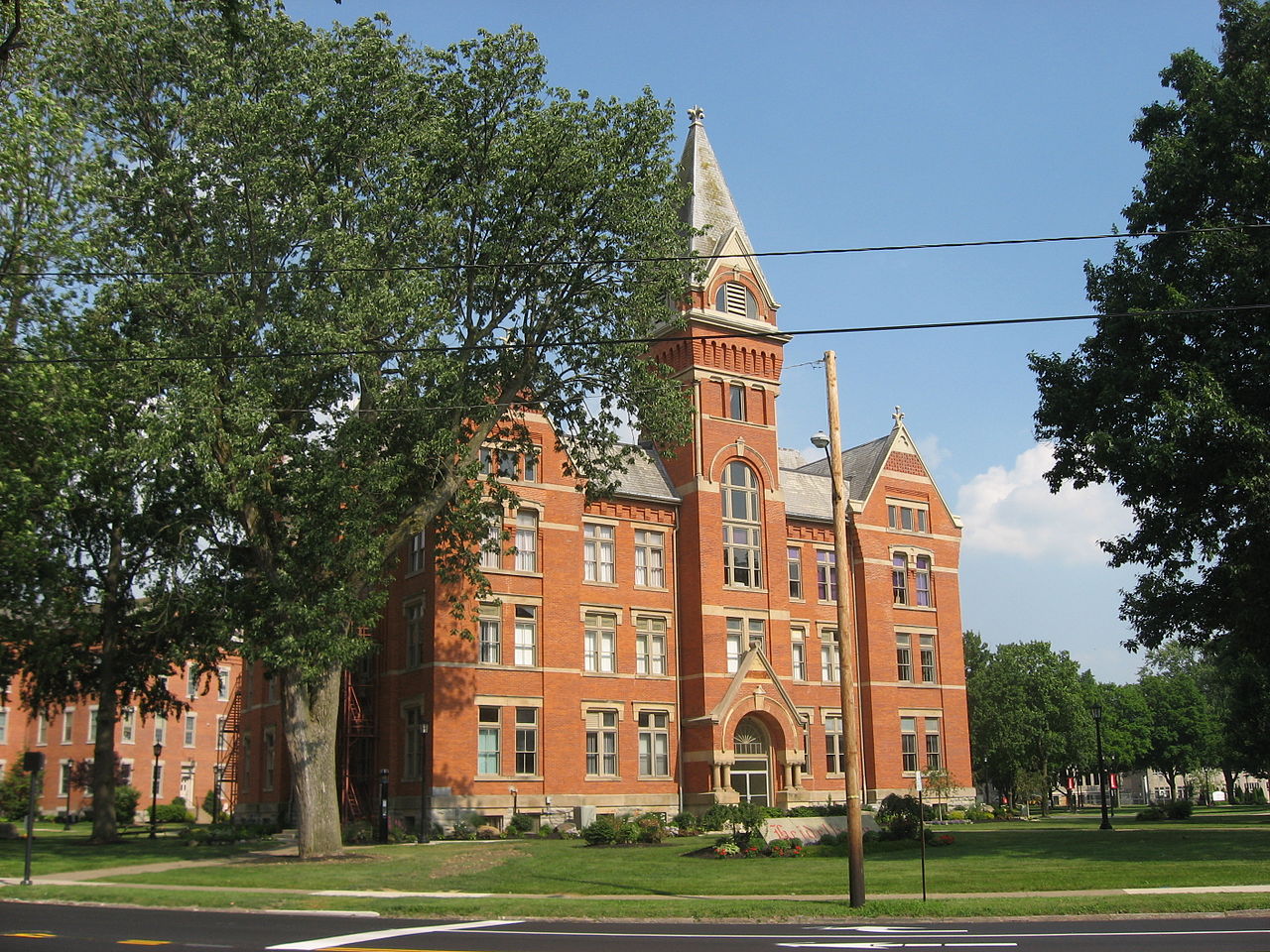
Heidelberg University (Ruprecht-Karls-Universität Heidelberg)
"Heidelberg University, founded in 1386, is Germany’s oldest university and one of the strongest research universities in all of Europe. The successes in both rounds of the Excellence Initiative and in internationally recognised rankings prove that Heidelberg’s excellent reputation and leading role in the scientific community are well deserved. In terms of educating students and promoting promising early-career academics, Heidelberg relies on research-based teaching and an outstanding, well-structured training for doctoral candidates. Heidelberg University is a comprehensive university, offering the full spectrum of disciplines in the humanities, law and the social sciences alongside the natural and life sciences, including medicine. As a comprehensive university, Heidelberg aims to continue to strengthen the individual disciplines and to further interdisciplinary cooperation, as well as to carry research results over into society and industry. With its aspiration of connecting traditional values with future-oriented scientific concepts in research and teaching, the university is building bridges to the future – Zukunft. Seit 1386." ( Source )
Show more
Original publication
Art in the Aftermath of a Catastrophe. Gazing, Walking, Participating in the City
In: Breaking Views. Engaging Art in Post-Earthquake Nepal (eds. C. Brosius and S. Maharjan)
Published in 2017
Beyond
A Ground-breaking Scientific Revolution
An Alarming Challenge for Society
If I Had a Second Life
A Personal Reading Recommendation
